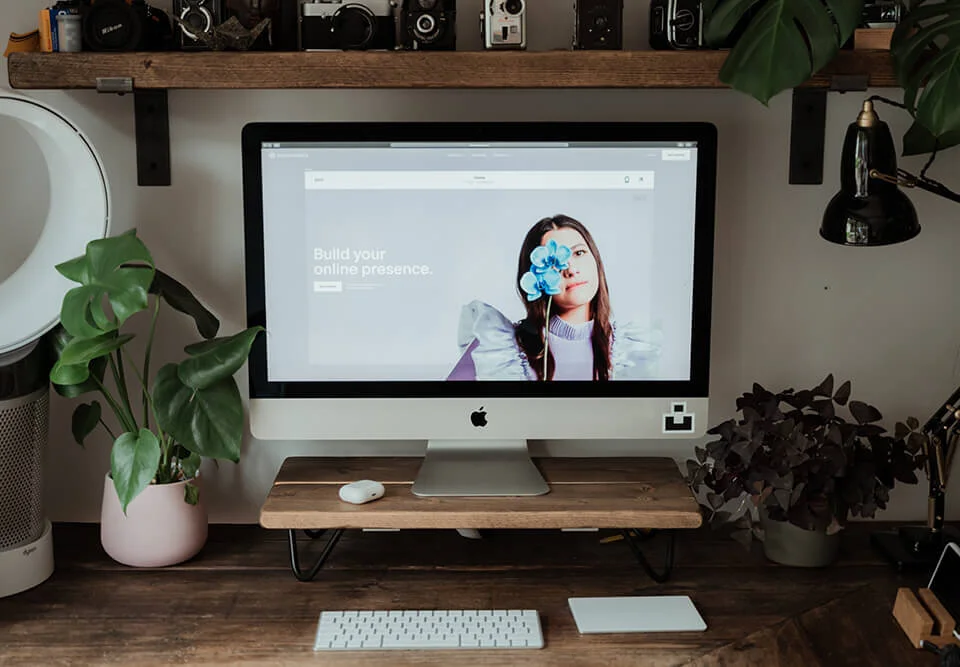How to Create an Effective Design Brief
Having an in-depth understanding of the business you are working on and the values it portrays is fundamental to achieving the best results. To get the right information, you need to ask the right questions, and forming a design brief is the perfect opportunity to gather as much relevant information as you can from your client.
There are a number of components to include in a design brief, and ensuring your client covers these points makes your job as a designer a whole lot easier. The project is much more likely to succeed if you refer back to the brief throughout the design process, meaning more happy clients and a smoother project from start to finish.
I've broken down the topics I ask clients about while creating a design brief to explain why and how they help the success of the overall project.
1. Project Goals and Objectives
Whether it's a logo rebrand, a newspaper advert, or a brand new website, you need to gain a good understanding of your client's goals and objectives early on in the process. Finding out what they want to achieve from this project gives you a target to aim for and criteria to meet. Do they want to gain more traffic to their website? Are they a start-up in need of a visual identity to get them off the ground?
There are a variety of factors to consider, and narrowing down what you need to achieve is essential to creating design work both you and your client are happy with.
2. Business Industry
Knowing the specific industry that your client operates in means you can begin to research and gather information about the kind of work they do, the product/services they offer their customers, their target market and so on.
I also ask for an initial explanation about how their business stands out in their industry; a description from the client can be very thorough, and listening to your client about their work and job roles helps you to understand how their business operates from their point of view. Designing for different clients means there's an opportunity to learn about something new with every project, too.
3. Competitors
Being aware of your client's competitors is beneficial for a number of reasons; firstly, you can see how others in the industry are branded, how they advertise, what their visual identity is like etc. Viewing these kind of things means you know how to create something that is unique and isn't confused for a competitor in the same field.
Secondly, this is an opportunity to find out how your client is different from the other companies in their industry. What services do they offer that the others don't? What makes them unique? Do they have different target markets? Gathering this information can affect the result of the project massively.
4. Target Market
Ask your clients to describe their target market/audience. Is their business aimed at a specific gender? Which age group do they appeal to? What are their interests?
Understanding who the business is aimed at is a vital step in the design brief; it allows you to create design work that is appropriate and relevant, therefore achieving the best results. For example, the target market for a wealth management service will be drastically different to that of a children's toy manufacturer; gathering this information then shapes the course of the project.
5. Values & Communication
How does your client want to come across to their target market? I often ask clients in this section to describe their business and how they want to appear using a few keywords. For example, for a vintage mens barbershop, these could be 'retro', 'bold', 'classic', 'professional' and 'trustworthy'.
Simply having your client use adjectives to describe the business and their values can go a long way in terms of putting you on the right track for your design work. It allows you to understand the feelings and messages your work should be communicating. You can then look back at the end of the project comparing these keywords to your final outcome.
6. Examples
Asking your client to provide examples of the type of work they like can be hugely beneficial. I find using Pinterest boards the best method to gather images together for you to easily view in one place. Seeing these examples together will also help you to notice any trends in design style. If every example is different in terms of style, it may not be the best help and should be refined to give you a better understanding of what you'll need to create.
Pinterest mood board example for Boot Buyers Club brand identity, displaying various logo styles, trends, colour, typography and layout.
Once I've formed a complete design brief with all the information I need for the project, I continue my design process by utilising the details my client has given me, and proceed to create my own mood board for the project. By referring to the brief, I can put together any images, colours, typography, styles, icons, illustration and so on that relate to the project. This gives you a good overall feel for the kind of work you need to be creating, and should potentially make the whole design process easier for both yourself and the client.
Without a detailed and precise design brief, it's easy to stray away from a solution to solve a specific problem. Projects often turn in to guesswork, and many designers tend to create something that simply looks good aesthetically, or be swayed by personal preferences, instead of meeting the criteria that should've been outlined in the brief at the beginning of the process. Whether you're the designer or the client, you shouldn't overlook the importance of an effective design brief.
How do you form your design briefs? Do you cover topics I've not mentioned above? It would be great to hear how other designers (and clients) go about putting an effective design brief together to achieve the best results possible.















